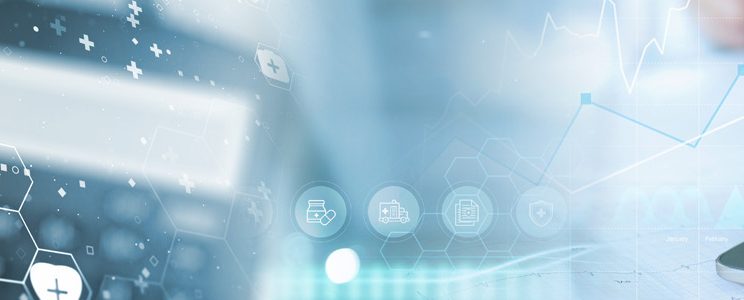Overview
Since the initial efforts to collect data via Project FORESIGHT, receiving responses from forensic laboratories that examine digital evidence has been difficult. A small percentage of forensic laboratories reported areas of investigation for computer analysis or analysis of multimedia audio and video. Additionally, it appeared that the type of digital evidence activity differed widely between state-level laboratories and the analysis performed in metropolitan jurisdictions. Questions emerged regarding changes necessary to increase the number of reporting digital evidence laboratories.
In 2018 the National Institute of Justice created the Forensic Laboratory Needs Technology Working Group (FLN-TWG). “The FLN-TWG explores new ways to increase casework efficiencies and implement forensic technology innovations that will advance system-based strategies and lead to a stronger justice system and safer communities.”[1] Among the initial efforts of FLN-TWG was to develop a white paper with suggestions to improve data collection for analysis of digital evidence.
In 2021, the Forensic Technology Center of Excellence (FTCOE) funded a project, FORESIGHT Digital Evidence – Creation & Data Gathering (Award 2016-MU-BX-K110), to improve Project FORESIGHT. The funding led to the creation of the Laboratory Reporting and Analysis Tool for Digital Evidence (LabRAT DE), designed to capture the suggestions from FLN-TWG. LabRAT DE simplifies the reporting of financial data (Figure 1) and updates the data collected on casework (Figure 2).
[1] National Institute of Justice, "Forensic Laboratory Needs Technology Working Group — Opening a New Channel to Improve Forensics," March 4, 2022, nij.ojp.govFigure 1: FORESIGHT DE Expenditures

Figure 2: FORESIGHT DE Casework & Full-time Equivalent (FTE) Allocation

Demonstration
Related Resources
Workforce Calculator
- Workforce Calculator Project
- The Forensic Laboratory Workforce Calculator Presentation
- Speaker, P. J. (2021). An Independent Evaluation of Laboratory Staffing Needs: Launching the Forensic Laboratory Workforce Calculator. Forensic Science International: Synergy, 3(1).
Just Science Podcast Episodes
- Just Budgets
- Just Motivational Leadership
- Just Opioid Financial Burden on Crime Labs
- Just FORESIGHT on Sexual Assault Kits
Hidden Costs of the Opioid Crisis
Project FORESIGHT
- Webinar: Project FORESIGHT Overview
- National Institute of Justice and West Virginia University: Revolutionizing Laboratory Efficiency Assessments Through Project FORESIGHT
Medical Examiner/Coroner Outsourcing Study
ROI from Sexual Assault Kit Testing
ROI for DUI: Drugs
Funding for this project was provided by the Forensic Technology Center of Excellence and the National Institute of Justice, Office of Justice Programs, U.S. Department of Justice.
The opinions, findings, and conclusions or recommendations expressed are those of the author(s) and do not necessarily reflect those of the U.S. Department of Justice.
Contact us at ForensicCOE@rti.org with any questions and subscribe to our newsletter for notifications.




